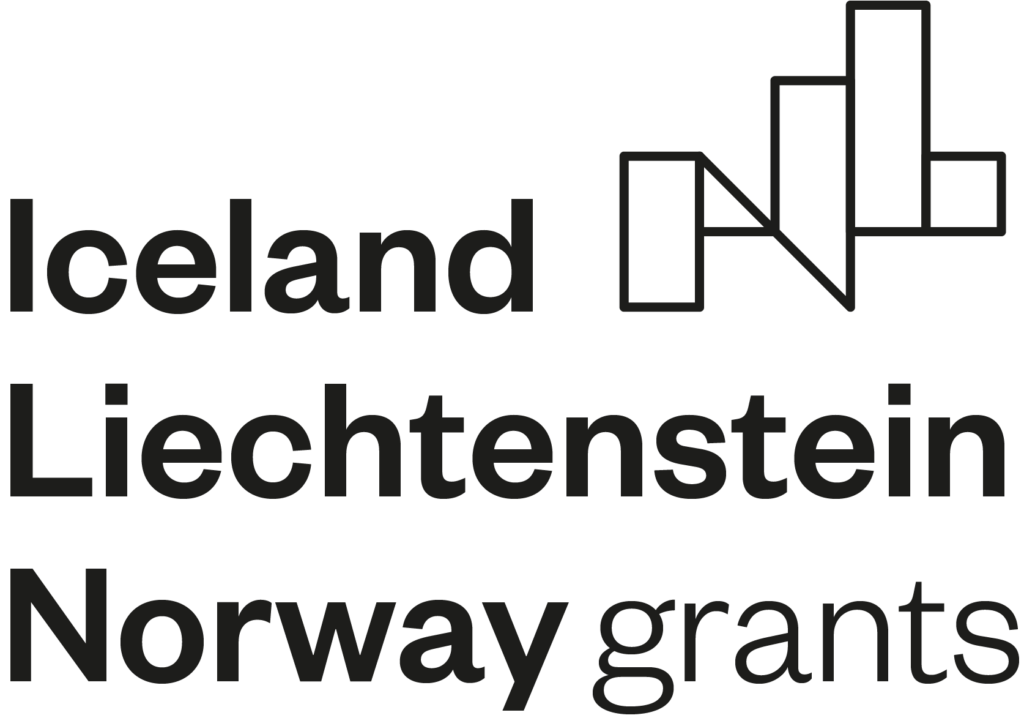PROJECT TITLE
Nanoremediation of contaminated soils: Technology implementation with respect to ecotoxicological aspects
PROJECT CODE
TO01000170
GRANT
EEA Grants and TA CR
Funding: 38 217 062 CZK
About the project:
The project aims to comprehensively investigate the use of different iron-based nanomaterials, with the preference of novel materials, such as sulfidated nanoscale zerovalent iron or iron oxide nanoparticles, for the remediation of soil and groundwater contaminated with metal(loid)s from all perspectives, including the ecotoxicological aspect, which is crucial for further practical pplication in real-world conditions. The project has started at the laboratory scale and moved to field applications, using complex geochemical, hydropedological, reactive-transport modeling and biological approaches. The results will include 2 EU ETV verified technologies and 2 pilot tests for practical applications.
2021
The project started at the laboratory scale during its first year and subsequently moved to the field. The laboratory results could, to some extent, be transferable to field conditions. The studied materials were efficient at decreasing soluble metal(loid) fractions in soils (especially after three months), in some cases in plant biomass, and during groundwater remediation.
2022
The involvement of Norwegian partners was intensive during the second year of the project: As planned, the partners from the Norwegian University of Science and Technology were involved in XP analyses, which are crucial for the interpretation of the results, specifically for evaluation of changes in the speciation of iron and metallic contaminants after the application of Fe-based amendments to contaminated soils. To be able to evaluate the method and methodology of measurements prior to analysis of the samples from the field application, samples from pre-experiments with incubations of the bare nZVI and SnZVI in alluvial soil under field conditions for the period up to 5 months were analyzed first. This part of the project was managed by the partners from the Norwegian University of Science and Technology.The Norwegian Institute for Water Research was involved in setting up the methodologies and analyses involving the DGT technique. These analyses are a useful tool for accessing the most mobile fraction of various elements in soils and waters. In our case, DGT analyses were used to determine especially the most available fraction of targeted contaminants at both study sites. The project team members from the Norwegian Institute for Water Research are highly experienced in this field and their knowledge is highly valuable for this specific field.
Beneficiary and project partners:
Česká zemědělská univerzita v Praze
Norwegian Institute for Water Research
Norwegian University of Science and Technology
Univerzita Karlova
DEKONTA, a.s.
Jedním z projektů, který se zabývá zdravou půdou, je projekt i MetalRem. Ten se zaměřuje na dekontaminování půd a podzemních vod. Více informací o projektu 👉https://t.co/JH38ospgsy.
— TACR (@TACR_cz) December 5, 2023
Projekt je financován @EHPaNF a #TACR v #programKAPPA. #FondyEHPaNorska

The project Nanoremediation of contaminated soils: Technology implementation with respect to ecotoxicological aspects benefits from a € 1.5 mil. grant from Iceland, Liechtenstein and Norway through the EEA Grants and the Technology Agency of the Czech Republic within the KAPPA Programme.
